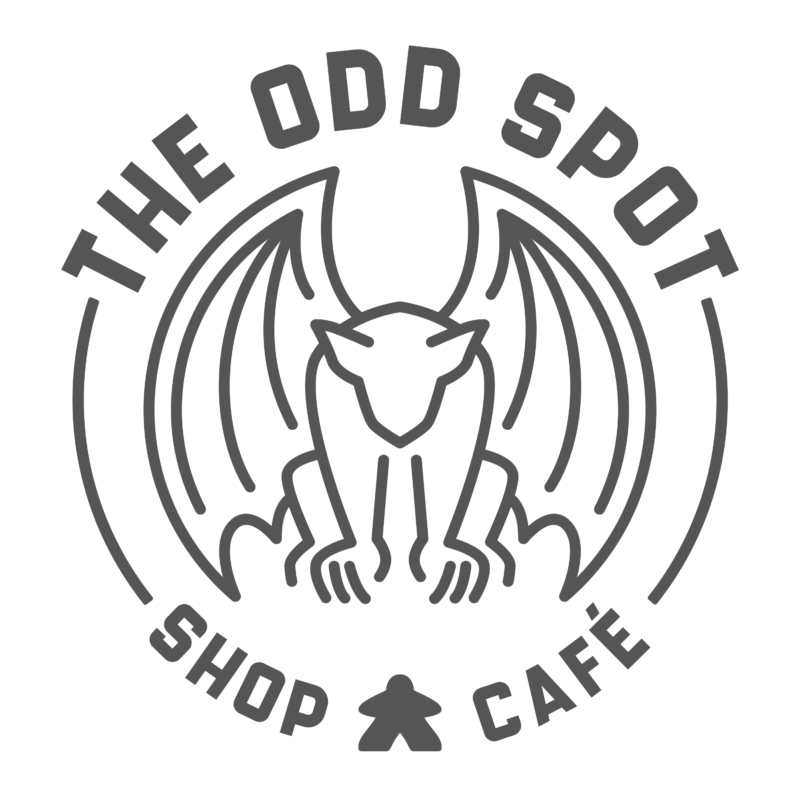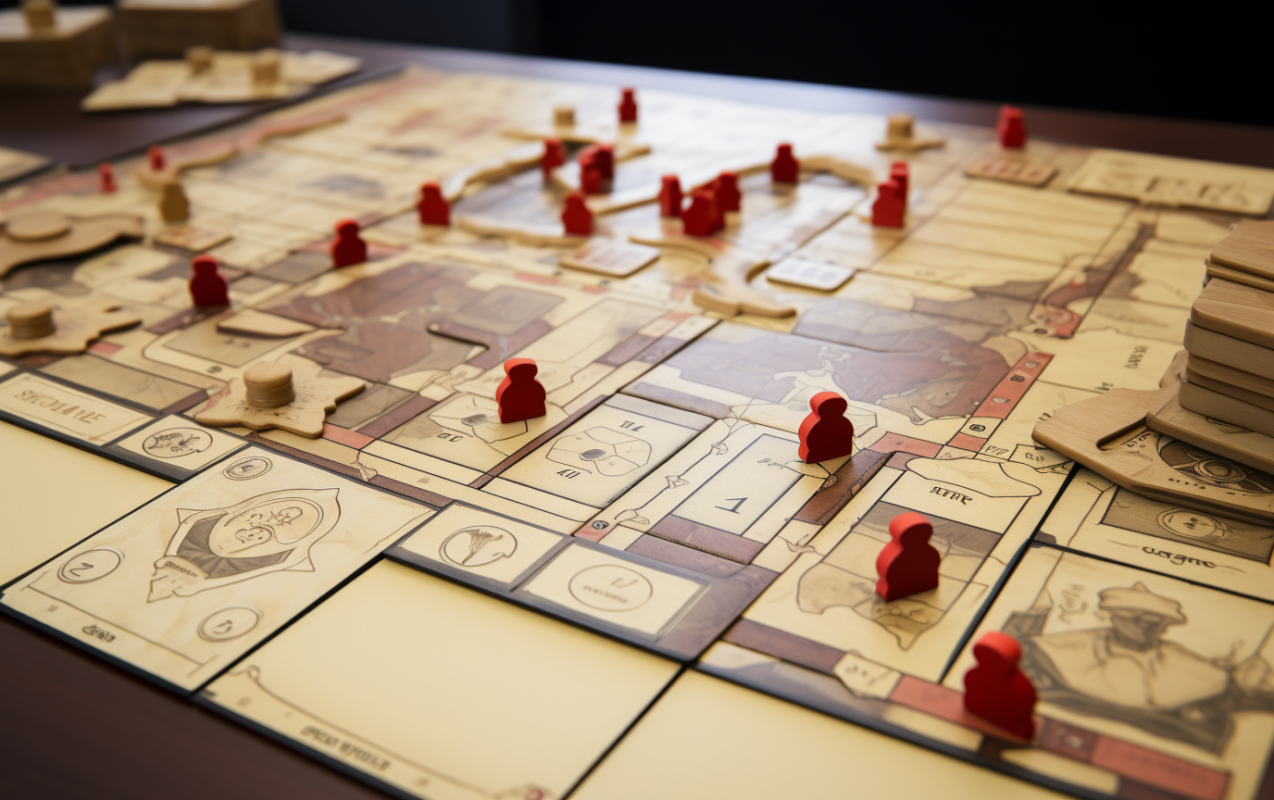Uncategorized
How to create your own board game
Creating your own board game can be a fun and rewarding creative endeavor. Here’s a step-by-step guide to help you get started:
Conceptualize the Game:
- Decide on the theme and overall concept of your game. What is the goal of the players? What is the setting or story behind the game? What mechanics will drive the gameplay?
- Determine the target audience for your game. Is it for children, families, adults, or a specific niche?
Design the Gameplay:
- Define the rules and mechanics of the game. How do players take turns? What actions can they perform? How do they win or lose? Consider the balance between luck and strategy.
- Create a prototype of the game using simple materials like paper, index cards, or a basic board. This will help you test and refine your ideas.
Components and Materials:
- Decide what components your game will require, such as a game board, cards, dice, tokens, player pieces, etc.
- Determine the size, shape, and design of each component. Keep in mind the visual appeal and usability of the game.
Create the Game Board:
- Design the game board layout. You can use software like Adobe Illustrator, Inkscape, or even hand-drawing to create the board.
- Add spaces, paths, and other elements based on your game’s mechanics and theme.
Create Game Cards and Components:
- Design the artwork and layout for game cards, tokens, and other components. Ensure that the visuals align with your game’s theme.
- Print out or create digital versions of these components for testing.
Playtesting:
- Gather friends or family to playtest your prototype. This will help you identify any flaws in the gameplay, rules, or components.
- Take notes during playtesting and make necessary adjustments to improve the game.
Refinement:
- Iteratively refine your game based on the feedback you received during playtesting. Make changes to the rules, components, or mechanics as needed.
Graphic Design and Artwork:
- Once you’re satisfied with the gameplay, start working on the final artwork and graphic design for the game components. You may want to collaborate with artists or use design software to create high-quality visuals.
Prototyping:
- Create a more polished prototype of your game with professionally designed components. You can use online services or local print shops to produce high-quality materials.
Manufacturing and Production:
- If you’re planning to mass-produce your game, research game manufacturers and get quotes for production. This step involves producing the actual physical copies of your game.
Rulebook and Instructions:
- Write a clear and concise rulebook that explains how to play the game. Include examples and visuals to make it easy for players to understand.
Launch and Promotion:
- Decide how you want to distribute and sell your game. You can consider crowdfunding platforms, self-publishing, or working with a publisher.
- Create a marketing plan to promote your game through social media, conventions, or local events.
Remember that creating a board game requires creativity, patience, and attention to detail. It’s also important to be open to feedback and willing to make improvements based on playtesting and player experiences. Good luck with your board game creation journey!



